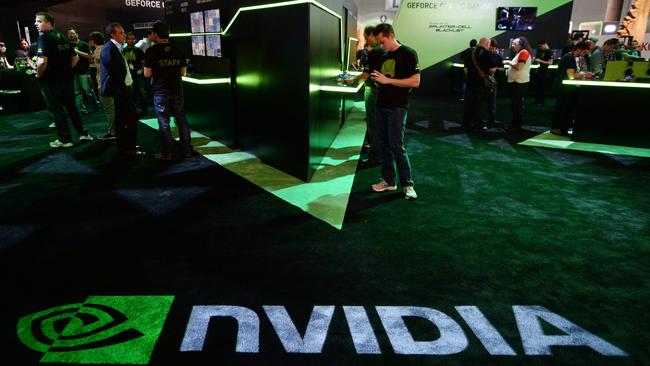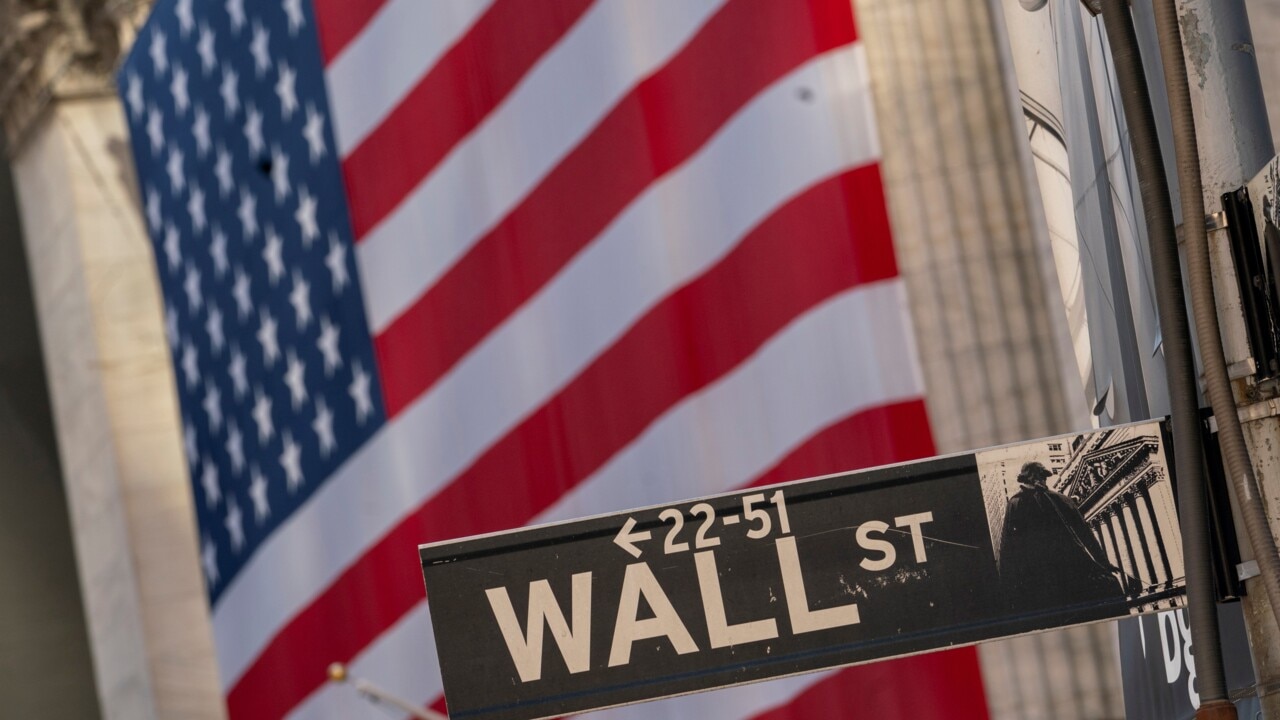Six reasons the sharemarket sell-off may just be the start of a deeper downturn for investors
There is no single factor behind the current selling frenzy – rather it is the combination of six factors that could ultimately push the market even lower.

The sharemarket is becoming increasingly dangerous:
This week’s trading has kicked off with a worrying 3 per cent drop on the ASX in the worst session for two years. Meanwhile, Wall Street’s tech-heavy Nasdaq index is already facing a correction, having dropped more than 10 per cent from its recent peak.
Yet with talk of interest rate cuts becoming increasingly louder, a casual observer might be forgiven for asking: why now?
There are six outstanding factors that can now combine to drive the sharemarket much lower.
1. A US recession
As the saying goes: “If the US sneezes, the rest of the world catches a cold.”
For Australian sharemarket investors, this is more evident than ever before. As investors we now have more money than ever sitting in Wall Street. As a result the outlook for the US stockmarket and our own ASX are pretty much the same.
If the US sharemarket sinks we will sink in tandem, that’s why we saw the worst session in two years with the 3 per cent slump Monday morning.
The single biggest drag on US markets would be an American recession. On some measures, in fact, the US is already in recession. Certainly unemployment is now clearly rising and the latest job figures suggest that the US Federal Reserve may have left rates too high for too long.

2. Traders are getting nervous
Volatility is a word so commonly used in sharemarkets it has lost its power to concern investors. But any investors will know that a sharemarket where prices lift more than 20 per cent in a year is at risk of a fall – the patterns have been too good to be true in the US.
In the space of a few days last week traders watched as the US market showed how it could wipe out its own rebounds within hours. Midweek last week Wall Street had its best session in three months, over the next 24 hours the entire rebound was eliminated. Now that’s volatility!
3. The narrow base of today’s sharemarket
Inside the already concerning data that shows the US market is worth 72 per cent of the entire world sharemarket, is the additional risk that it all comes down to a handful of stocks – the so-called megacaps.
One of the outstanding attractions of Wall Street has always been the depth of the market but when three stocks – Apple, Microsoft and Nvidia – represent 20 per cent of the entire market – the attraction of Wall Street stocks gets hollowed out.
Worse still, any bad news affecting one of these stocks can have an outsized effect on all sharemarkets. Last weekend the world’s greatest investor Warren Buffett signalled that he had sold half of his holding in Apple. Buffett’s moving from shares to cash is a key signal for all investors.
4. AI bubble trouble
Professional investors are divided over whether the excitement around stocks with Artificial Intelligence (AI) links has prompted a bubble – and if that bubble will undo the wider market.
Bulls suggest AI stocks are not in a bubble because they actually have genuine earnings unlike predecessors such as dot.com stocks. Bears suggest the profits from AI technology remain a long way off but have already been baked into the share prices. If AI is a bubble then the proxy is the Nvidia share price. The chip maker briefly became the world’s biggest stock in June before falling 20 per cent, but it is still up 122 per cent this year.
In recent days influential activist investor Elliot Management said Nvidia was in “bubble land”. Meanwhile, investing doyen Jeremy Siegel says “we are nowhere near an internet bubble – that was a much more severe situation”.
5. Bank stock pressures on the ASX
The outstanding area of risk on the ASX is the very high price that has been placed on bank stocks – five of the top 10 stocks are banks and the biggest stock in the market is Commonwealth Bank.
CBA is due to release its annual results on August 14 and any signs that the bank is not meeting market expectations will most likely be dealt with severely – every single major broker believes the stock is overpriced.
Shares in our own market are nowhere near as expensive as Wall Street. The ASX is up 1 per cent so far this year and the S&P is up 12 per cent – but that won’t stop Australian shares dropping fast if the US goes into a full blown sell-off.
6. It’s the season for sell-offs
The most compelling argument for a sharemarket downturn is the least logical – deteriorating sentiment. This is the time of the year that Wall Street has its reversals. It is only mid-August but the anticipation of the northern winter is historically the season when Wall Street has its biggest falls: September 1929, October 1987 – the list is long.
There is no clear rational explanation for this week’s sell-off, but then markets don’t need rational explanation, they just need investors to lose their nerve.






To join the conversation, please log in. Don't have an account? Register
Join the conversation, you are commenting as Logout